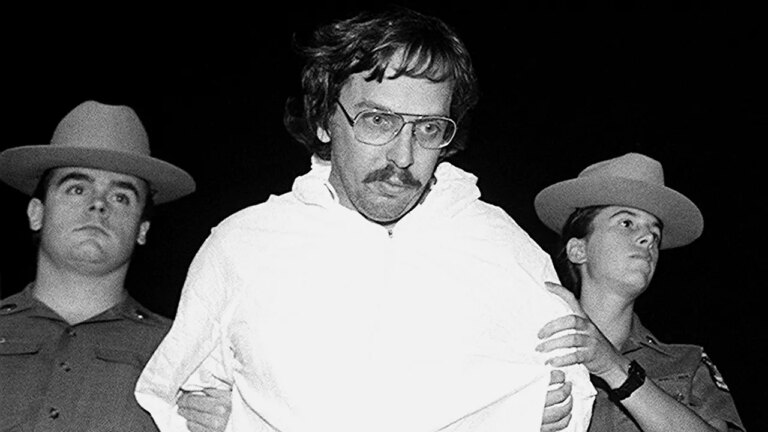Hope for Uncovering Serial Killer’s Victims: Peter Reiss’s Quest
Peter Reiss harbors hope in his mission to reveal the identities of two of Joel Rifkin’s unidentified victims, as they delve into cold cases in their new true-crime documentary, “Cold Case Files: The Rifkin Murders,” set to air this Saturday. Reiss’s journey unfolds as he sits down with Rifkin, the infamous serial killer, after years of correspondence.
Rifkin, once labeled New York’s most prolific serial killer, remains behind bars, serving multiple life sentences for a string of gruesome murders during the 1990s. The former landscaper, convicted in 1994 for slaying nine women, is now 64 years old.
In 1998, Reiss initiated contact with Rifkin while working on a science documentary exploring the biological factors behind murderous impulses. The filmmaker was intrigued by Rifkin’s seemingly normal upbringing, which sparked their initial connection.
Fast forward to 2020, amid the pandemic, Reiss stumbled upon advancements in investigative genetic genealogy, igniting a spark of possibility in his mind. He remembered the two anonymous victims who had suffered at Rifkin’s hands and embarked on a mission to use this new technology to bring closure to their families.
Though their relationship is far from friendship, Rifkin appeared eager to rekindle it. He sent Reiss Christmas and birthday cards, yet Reiss remained cautious, unsure of the relationship’s direction. Now, his objective is clear – to unlock the mysteries surrounding the unidentified victims.
Rifkin has expressed a desire to reflect on his crimes and potentially provide assistance. Reiss believes there’s truth in that sentiment, but he also senses a deeper motive—to explore the cases anew and potentially uncover more information.
The nameless victims, known only as “Number Six” and “Number Nine,” remain central to this quest. Rifkin has admitted to killing “Number Six” in the early ’90s, but her remains have never been found. In contrast, the body of “Number Nine” was discovered in 1992, shortly after her murder.
Rifkin’s reign of terror came to an end in 1993 when he was apprehended for a missing license plate. Subsequently, police stumbled upon the decomposing body of 22-year-old Tiffany Bresciani in the back of his truck. A search of his mother’s home unveiled a cache of personal mementos belonging to his victims.
Despite Reiss’s optimism, there’s a race against time. Rifkin sporadically ceases communication and reaches out on his terms, often citing memory struggles and inconsistencies in his narrative. The fear is that vital information may be lost with him.
Reiss is banking on modern DNA technology to uncover the identities of these two victims, although he acknowledges it’s a gradual process. In the absence of DNA for one of the victims, the documentary presents an opportunity for viewers to come forward with information.
The documentary also reveals two more women who have never been found, giving hope to their families. Reiss considers connecting with these loved ones an honor.
Reiss encourages viewers who may have information to come forward, as they could hold the key to providing closure for families haunted by unanswered questions.
“Cold Case Files: The Rifkin Murders” airs on September 30th at 8 p.m. on A&E, offering a glimpse into Reiss’s dedicated mission and the persistence of law enforcement in solving these chilling cases. As time slips away, the question remains: Does Rifkin genuinely aim to assist, or does he hold more secrets close to his chest? The answer remains elusive, but Reiss’s pursuit for answers endures.

